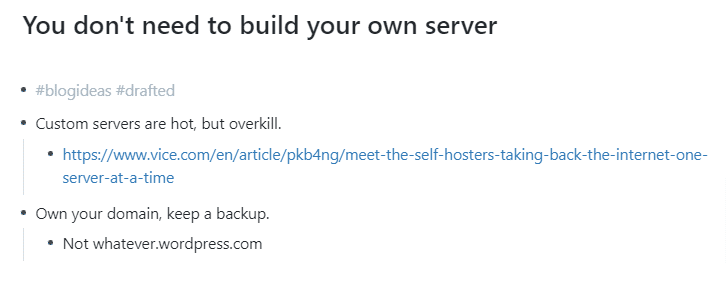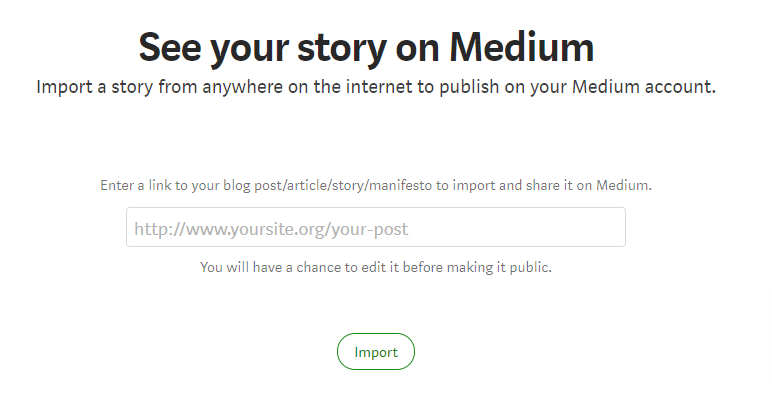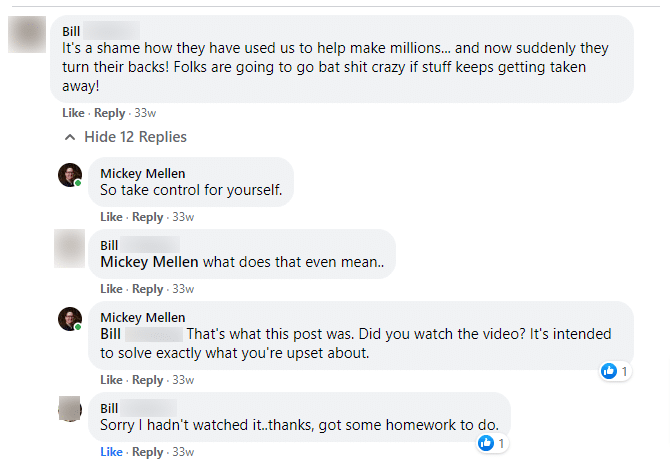Content marketing can be a great thing. If you consistently produce excellent content, it’s a great way to gain more exposure with search engines and build more trust and credibility with potential clients.
Too often, though, I see companies forget the “content” part of content marketing. In these cases, it’s generally when a company produces regular content, but it’s all about their company and their products. It’s certainly wise to publish some content about who you are and what you do, but that’s different than generating effective content marketing.
The Oxford Dictionary defines content marketing this way:
Content marketing is a type of marketing that involves the creation and sharing of online material (such as videos, blogs, and social media posts) that does not explicitly promote a brand but is intended to stimulate interest in its products or services.
I would differ a bit from the Oxford definition and say that your content needs to do more than stimulate interest (though that’s a good first step), and actually provide some value. There are lots of ways to create content that stimulates interest, but if there isn’t any value at the end of it, the user will move on to the next site.
Generate high-quality content that provides great value to your users, and they’ll remember you when the time comes.


